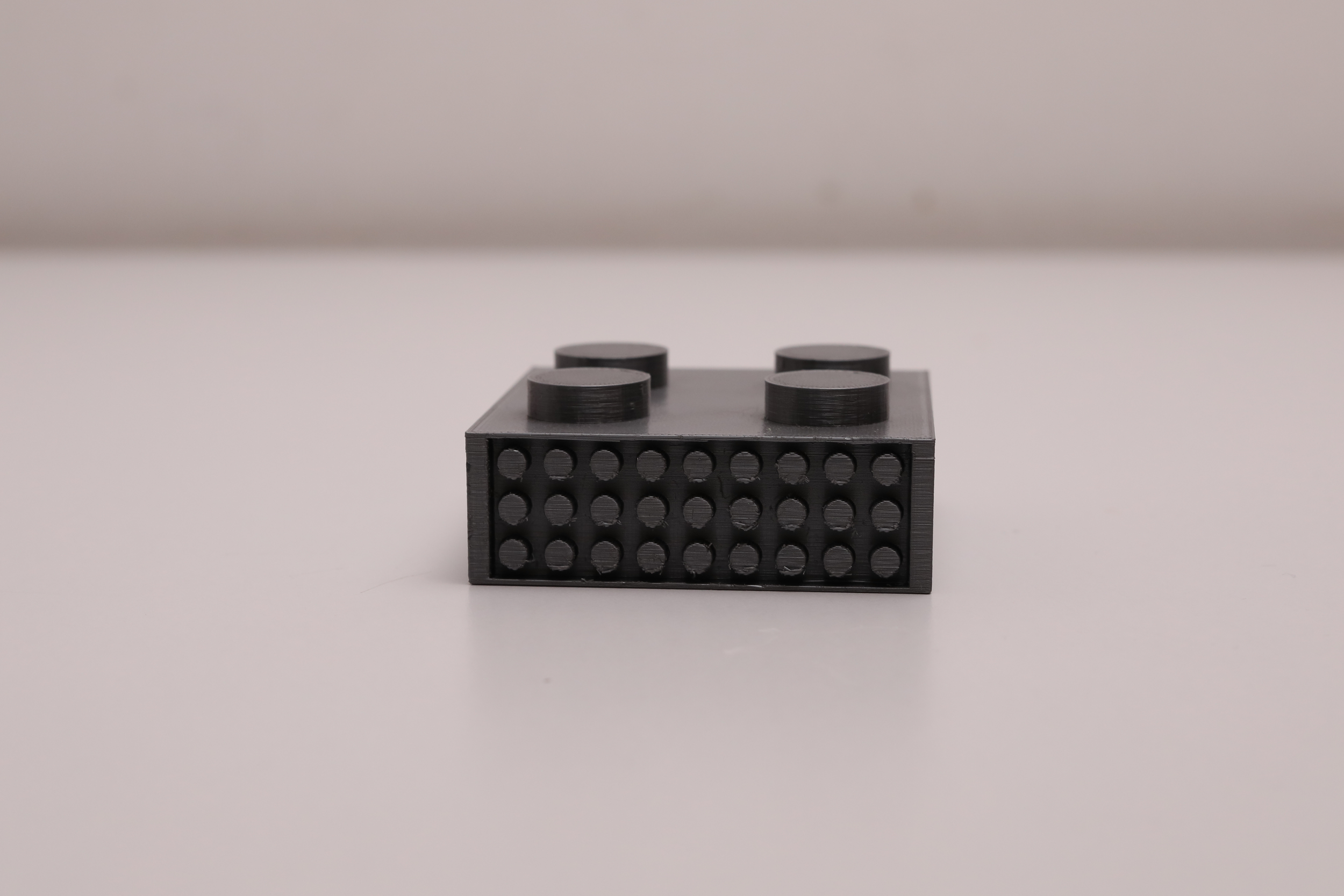BrickSense:
Building Inclusive Playscapes
Iterative Design Process, Research, Prototyping, 3D Printing,
Enriching LEGO play with tactile textures, embracing inclusive design by introducing patterns linked to topographies, colors,
and emotions on LEGO modules.
PROJECT
"BrickSense: Building Inclusive Playscapes" reimagines LEGO by adding tactile textures to the bricks, making them accessible for people with visual impairments. This innovative approach aims to enhance inclusivity and expand the LEGO play experience for everyone. The goal is to develop tactile LEGO blocks through iterative design and user testing to validate their effectiveness in promoting inclusivity in play.
DESIGN
RESEARCH
In exploring the realm of children's educational toys, it's evident that building blocks hold a paramount position. They serve as more than just playthings; they are tools for learning, fostering crucial skills like motor skills, spatial cognition, and computational thinking (İleri et al., 2023)*. However, while the market is flooded with LEGO playsets that often prioritize thematic elements and marketability, there's a notable gap in catering to specific educational needs, particularly for individuals with visual impairments.
In 2023, LEGO unveiled their innovative LEGO® Braille Bricks, offering a unique opportunity for individuals interested in Braille, regardless of their visual abilities. These bricks facilitate a playful and inclusive approach to learning the Braille system within the comfort of one's home, encouraging engagement and interaction among family members. However, despite the commendable effort in promoting inclusivity, the design of the play experience remains somewhat constrained by the rigid structure of the Braille alphabet. This limitation restricts the scope of the play experience primarily to a structured language-based activity, potentially overlooking the broader spectrum of creative and imaginative play that LEGO is renowned for. While the introduction of LEGO® Braille Bricks marks a significant stride towards inclusivity, there may be opportunities for further innovation to expand the horizons of play within this framework.
*İleri, Ç. İ., Erşan, M., Kalaça, D., Coşkun, A., Göksun, T., & Küntay, A. C. (2023). Malleability of Spatial Skills: Bridging Developmental Psychology and Toy Design for joyful steam development. Frontiers in Psychology, 14. https://doi.org/10.3389/fpsyg.2023.1137003

DESIGN PROCESS
This realization prompted a comprehensive design process, which was deeply rooted in inclusive design principles and insights derived from extensive research. The journey commenced with a thorough examination of traditional LEGO bricks, dissecting their affordances, and pinpointing areas ripe for improvement to better accommodate the needs of visually impaired individuals.
This exploration led to an iterative process of ideation, experimentation, and prototyping, culminating in the development of 3D printed mock LEGO bricks featuring an array of tactile textures. Drawing inspiration from natural topographies and structures, these tactile textures were carefully crafted to provide sensory feedback and enhance the accessibility of LEGO play for individuals with visual impairments. While the pattern designs were inspired by nature, their simplicity allows them to seamlessly integrate with other concepts introduced during play, such as color. This versatility enables them to enhance the overall experience by fostering creativity and exploration.



USER
TESTING
To evaluate the effectiveness of the tactile textures, user testing was conducted with sighted individuals blindfolded to simulate the experience of visually impaired users. Participants was encouraged to interact with the tactile LEGO bricks without prior knowledge of the intended textures, allowing for unbiased feedback and observation of tactile recognition and differentiation.
User testing was conducted using larger scale LEGO bricks to assess the textures. Later,
the bricks were printed in their regular size for play-testing within a typical play setting.
EXPECTED
OUTCOMES
Identification of tactile textures that are easily recognizable and differentiable by touch.
Insights into the impact of tactile textures on the play experience, including potential emotional responses.
Refinement of tactile LEGO brick designs based on user feedback and iterative prototyping.
Contribution to the advancement of inclusive design practices within the toy industry.
RESULTS
Through the integration of tactile textures into LEGO building blocks, this project aims to transcend traditional boundaries of play and promote inclusivity for individuals of all abilities. By harnessing the power of tactile exploration, LEGO play becomes not only a means of fostering creativity and skill development but also a platform for social inclusion and diversity.




